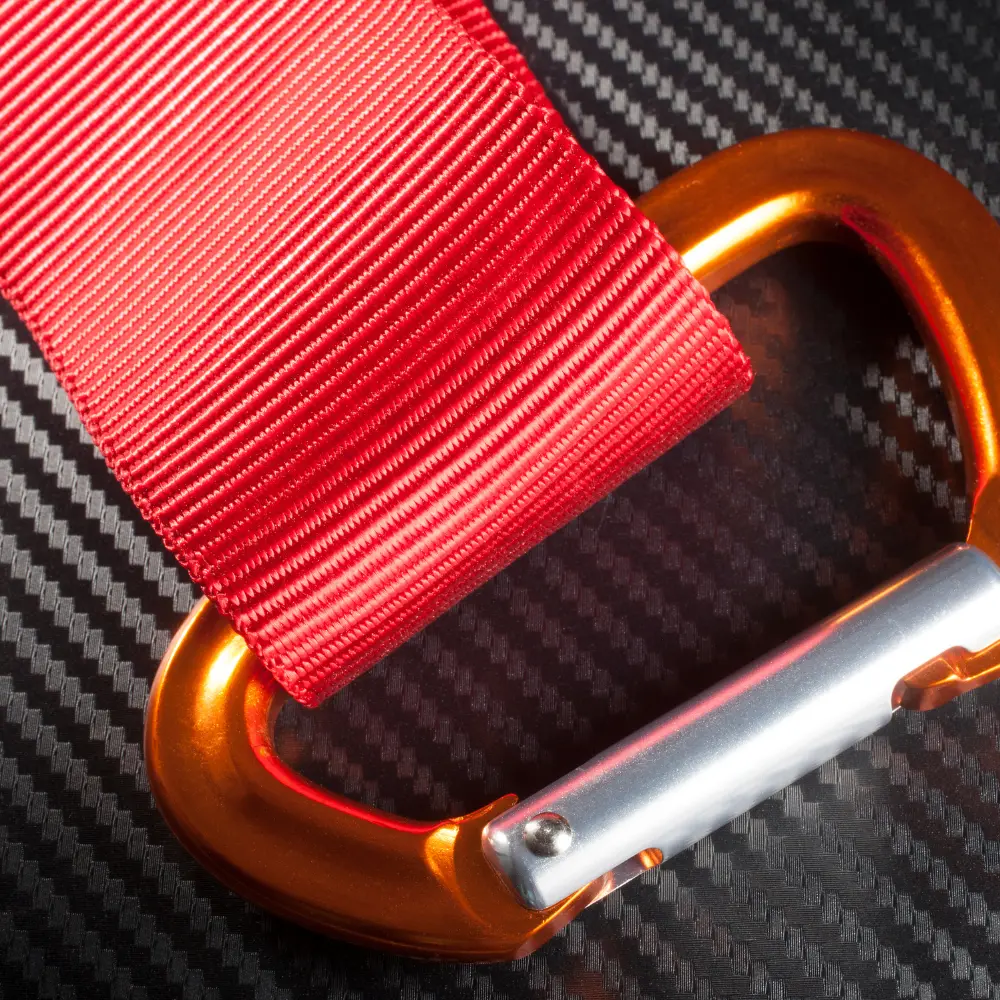- Local: (516) 346-4636
- Toll-Free: (800) 886-6060
- Fax: (516) 346-4366
- Email: kflynn@nationalwebbing.com
 Selecting the proper MIL-Spec nylon webbing is crucial for ensuring your product performs as expected in demanding environments. Whether sourcing materials for military gear, safety harnesses, or outdoor equipment, knowing the differences between the various MIL-Spec types is key to making the best purchasing decision.
Selecting the proper MIL-Spec nylon webbing is crucial for ensuring your product performs as expected in demanding environments. Whether sourcing materials for military gear, safety harnesses, or outdoor equipment, knowing the differences between the various MIL-Spec types is key to making the best purchasing decision.
· Understanding the Application: Your first step when shopping for MIL-Spec nylon webbing is clearly defining the application. The intended use of the webbing dictates the type of MIL-Spec you should choose. For example, some webbing types are better suited for heavy-duty applications like cargo straps and parachute harnesses. In contrast, others are designed for lighter uses, such as pet products or general-purpose straps. Understanding how much strength, durability, and flexibility your project requires will immediately narrow your options, empowering you to make an informed decision.
· Understand the MIL-Spec Variants: Not all MIL-Spec webbing is the same. Here's a breakdown of four key variants and how they differ:
o MIL-W-17337 Type IA: This lightweight, flexible webbing is ideal for low-tension applications. It's perfect for pet leashes, light-duty straps, and general-purpose handles. This is an excellent choice if your project requires easy handling and flexibility.
o MIL-W-17337 (general): A more robust version of Type IA, this webbing is designed for medium-duty applications such as lashing straps and restraint systems. It's suitable for general-purpose straps that need to withstand higher tension without being overly rigid due to its strength and flexibility.
o MIL-W-5625 Type 2A: This tubular webbing excels in high-impact environments like safety gear and parachutes. Its tubular construction allows it to handle heavy loads while distributing pressure more evenly, which helps prevent wear in high-stress areas.
o MIL-W-4088 Type 10: This webbing is designed for the heaviest-duty applications and offers maximum durability and strength. Ideal for cargo straps, parachute harnesses, and safety harnesses, it provides excellent load-bearing capabilities and is built to withstand extreme conditions.
· Choose the Right Weave: The weave of the webbing affects its performance characteristics. Common weaves include plain and herringbone. The plain weave provides a basic, straightforward structure suitable for general applications, while herringbone weave is often preferred for specialty applications where additional flexibility or grip is needed.
· Consider Color and Width Options: MIL-Spec nylon webbing is available in various colors and widths, which can be customized based on your needs. When selecting the width, ensure it aligns with the strength requirements of your project. For example, wider webbing generally offers greater strength, making it suitable for heavy-duty applications, while narrower webbing can be used for lighter applications. Although primarily aesthetic, color choices can also help with product identification or branding.
· Hardware Compatibility: When purchasing nylon webbing, it's essential to ensure that it works with the hardware you plan to use, such as buckles or adjusters. The thickness and width of the webbing should be compatible with your chosen buckles to ensure smooth operation and a secure fit. This crucial step will make you feel mindful and thorough in your selection process.
Now that you know the types of webbing available, how do you choose the best option? Here's a quick reference to help you decide:
· For light-duty applications like straps or pet products, go with MIL-W-17337 Type IA.
· For medium-duty uses, such as tie-downs or general-purpose straps, choose MIL-W-17337 (general).
· For safety gear or high-tension applications, opt for the tubular strength of MIL-W-5625 Type 2A.
· For the toughest jobs, like cargo handling or parachute harnesses, rely on MIL-W-4088 Type 10 for maximum durability.
Knowing the type of webbing that matches your project's needs will ensure you get the best performance from your materials.
By understanding these key factors—application, MIL-Spec variant, weave, width, and hardware compatibility—you can confidently select the nylon webbing that fits your needs and ensures reliable, long-lasting performance.